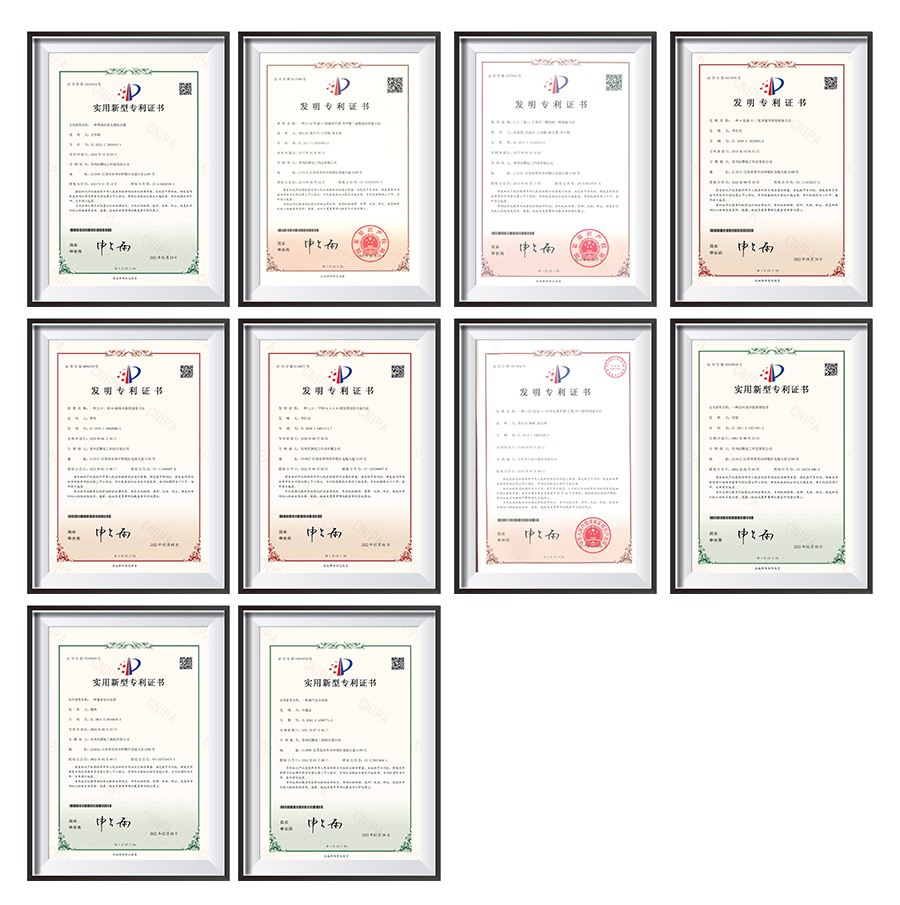| Availability: | |
|---|---|






Product Description
Product Category | Pharmaceutical intermediates |
CAS NO | 32122-23-9 |
Product Specifications | Melting point: 48℃ Boiling point: 249℃ Density: 1.864 |




1-bromocyclobutane-1-carboxylic acid is produced by EASTFINE , and we are in charge of overseas selling . Not just trading company .
China,America,Brazil,England,Russia,Poland,India,Pakistan,NewZealand,Korea,Australia,Dubai,Turkey,Indonesia,UAE.
Yes , you can have 1-bromocyclobutane-1-carboxylic acid sample for starting the business , but it is not free
Please contact our sales team for more details.
1-Bromocyclobutane-1-carboxylic acid is an organic molecule that contains a cyclobutane ring, a bromine atom (Br) attached to the 1-position of the ring, and a carboxyl group (-COOH) at the same position. Its chemical formula is C5H7BrO2. This structure makes it a bromocarboxylic acid derivative and an important intermediate in organic synthesis.
· Bromine (Br): The bromine atom attached to the 1-position of the cyclobutane ring is an electrophilic group that increases the molecule’s reactivity in nucleophilic substitution reactions.
· Carboxyl Group (COOH): The carboxyl group (-COOH) is a polar functional group that participates in various chemical reactions, including esterification, decarboxylation, and amidation.
1-Bromocyclobutane-1-carboxylic acid is primarily used in organic synthesis. Its bromine atom makes it a useful electrophilic intermediate for reactions with nucleophiles, including the formation of various substituted derivatives. The carboxyl group allows for reactions such as esterification or amide formation, making it valuable in the synthesis of bioactive molecules or specialized compounds.
1-Bromocyclobutane-1-carboxylic acid can be synthesized by methods that involve the bromination of cyclobutane-1-carboxylic acid or via nucleophilic substitution reactions. Typically, cyclobutane-1-carboxylic acid undergoes bromination with bromine (Br2) in the presence of a suitable solvent to form 1-bromocyclobutane-1-carboxylic acid.
· Appearance: 1-Bromocyclobutane-1-carboxylic acid is usually a white to off-white solid at room temperature.
· Boiling Point: Specific boiling point data may vary, but it typically boils at relatively high temperatures due to its molecular structure.
· Solubility: It is soluble in organic solvents such as acetone, ethanol, and chloroform but is generally insoluble in water due to its relatively hydrophobic cyclobutane structure.
· Nucleophilic Substitution: The bromine atom attached to the cyclobutane ring can undergo nucleophilic substitution reactions, where the bromine is replaced by a variety of nucleophiles (e.g., hydroxide ions, amines, or alcohols).
· Esterification and Amidation: The carboxyl group allows 1-bromocyclobutane-1-carboxylic acid to undergo reactions like esterification or amide formation.
· Decarboxylation: The compound could also undergo decarboxylation, a process where the carboxyl group is removed, typically under heat or in the presence of specific catalysts.
Like many organic compounds containing halogens, 1-bromocyclobutane-1-carboxylic acid should be handled with care. It may cause irritation to the skin, eyes, and respiratory system. Protective gloves, goggles, and a lab coat should be worn when handling the compound. It is also recommended to handle it in a well-ventilated area or fume hood to avoid inhalation of fumes.
· Wear appropriate personal protective equipment (PPE), including gloves, goggles, and a lab coat.
· Handle the compound in a well-ventilated area, such as a fume hood, to avoid inhaling fumes.
· In case of skin or eye contact, rinse the affected area with plenty of water and seek medical advice if necessary.
Yes, as an intermediate in organic synthesis, 1-bromocyclobutane-1-carboxylic acid could be used in the design and creation of bioactive molecules. Its ability to participate in nucleophilic substitution reactions and its functional carboxyl group could make it useful in the synthesis of pharmaceuticals or other biologically active compounds.
As with many bromine-containing organic compounds, 1-bromocyclobutane-1-carboxylic acid may be persistent in the environment. Proper disposal protocols should be followed to avoid contamination of water sources and soil. It should be disposed of according to local environmental regulations and should not be released into the environment.